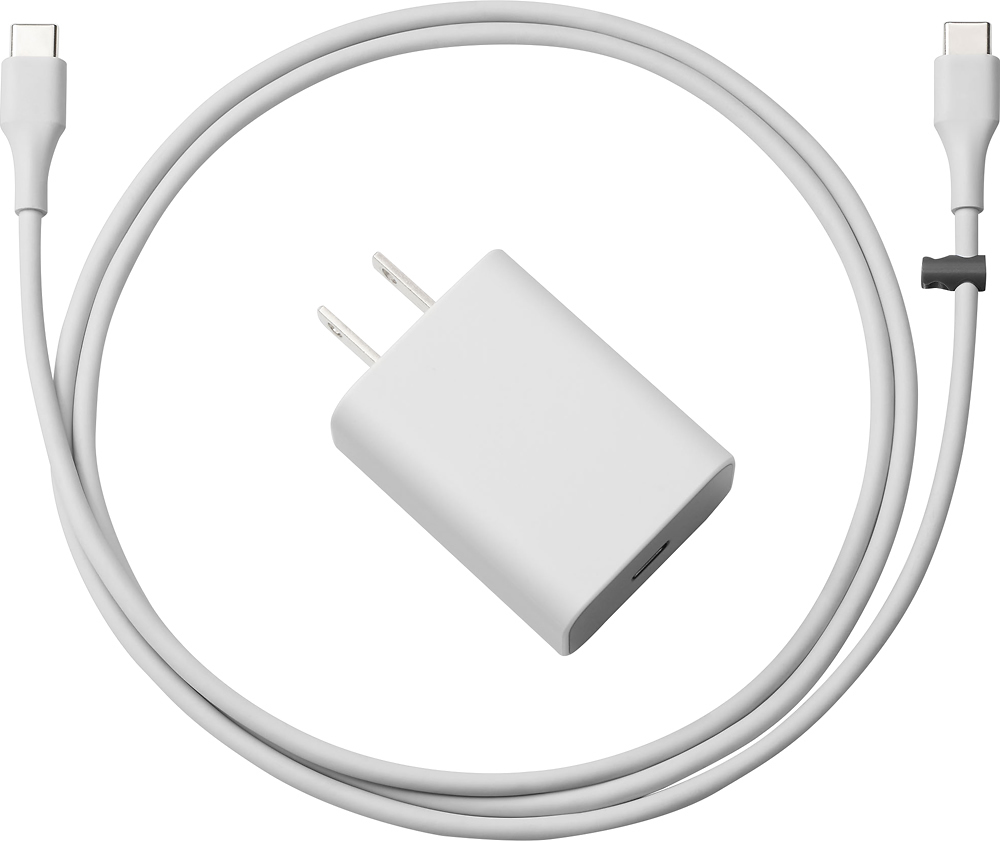diesteldorf
Lead Service Attendant
- Joined
- Mar 27, 2006
- Messages
- 391
I currently have a Pixel XL Android Phone that is similar to the latest Apple and Samsung devices. It uses USB C charging, which has a little bit different port than phones that use Micro USB ports.
I've used it on previous trips and it seemed to charge fine.
Recently, I took the EB to Milwaukee for a quick stopover on my way to Glenview/Chicago.
When I had my phone plugged in at my seat, on the lower level, it acted like it was charging fine. I used my phone normally to watch some movies and didn't realize that the battery was nearly completely drained until later that evening.
Later that night, I took a Hiawatha to Glenview, en route to my hotel.
When I plugged my phone in, it acted like it was charging fine, but I could tell I was still losing power.
Since I couldn't afford to have acompletely dead phone, I shut it off and kept it plugged in. I managed to gain 2 or 3% battery in a span of 20-25 minutes.
I was sure the power brick and/or the cord were faulty and I was planning to discard them. However, when I got to my hotel and plugged everything in, the phone began charging fine.
A couple days later, on my way home, I was taking a different EB and, even though my phone was plugged in and charging, the battery would drain.
When I arrive home, I plugged everything back in and the phone charged fine.
I don't believe the phone, power brick, or power cord are faulty and can only assume that, for whatever reason, my phone would not charge on the train.
Since I don't have electrical expertise, I was curious if anyone else had encountered similar issues?
I've been in situations in Amtrak where the outlets fail to draw power. However, my phone will always show that it is NOT charging in those cases. This usually happens if the train stops, the AC, lights etc also go off OR a breaker will fail and the attendant wll manually reset it and power will resume.
In my current situation, my phone was showing it was charging the entire time.
Assuming other passengers are also using the electrical outlets and charging their devices, can the train ever become overloaded to where electrical outlets may not be able to provide the juice needed to keep electrical devices charged?
Regardless, this wasn't a deal breaker.
Hopefully, I'll have better luck next time.
I've used it on previous trips and it seemed to charge fine.
Recently, I took the EB to Milwaukee for a quick stopover on my way to Glenview/Chicago.
When I had my phone plugged in at my seat, on the lower level, it acted like it was charging fine. I used my phone normally to watch some movies and didn't realize that the battery was nearly completely drained until later that evening.
Later that night, I took a Hiawatha to Glenview, en route to my hotel.
When I plugged my phone in, it acted like it was charging fine, but I could tell I was still losing power.
Since I couldn't afford to have acompletely dead phone, I shut it off and kept it plugged in. I managed to gain 2 or 3% battery in a span of 20-25 minutes.
I was sure the power brick and/or the cord were faulty and I was planning to discard them. However, when I got to my hotel and plugged everything in, the phone began charging fine.
A couple days later, on my way home, I was taking a different EB and, even though my phone was plugged in and charging, the battery would drain.
When I arrive home, I plugged everything back in and the phone charged fine.
I don't believe the phone, power brick, or power cord are faulty and can only assume that, for whatever reason, my phone would not charge on the train.
Since I don't have electrical expertise, I was curious if anyone else had encountered similar issues?
I've been in situations in Amtrak where the outlets fail to draw power. However, my phone will always show that it is NOT charging in those cases. This usually happens if the train stops, the AC, lights etc also go off OR a breaker will fail and the attendant wll manually reset it and power will resume.
In my current situation, my phone was showing it was charging the entire time.
Assuming other passengers are also using the electrical outlets and charging their devices, can the train ever become overloaded to where electrical outlets may not be able to provide the juice needed to keep electrical devices charged?
Regardless, this wasn't a deal breaker.
Hopefully, I'll have better luck next time.






















































